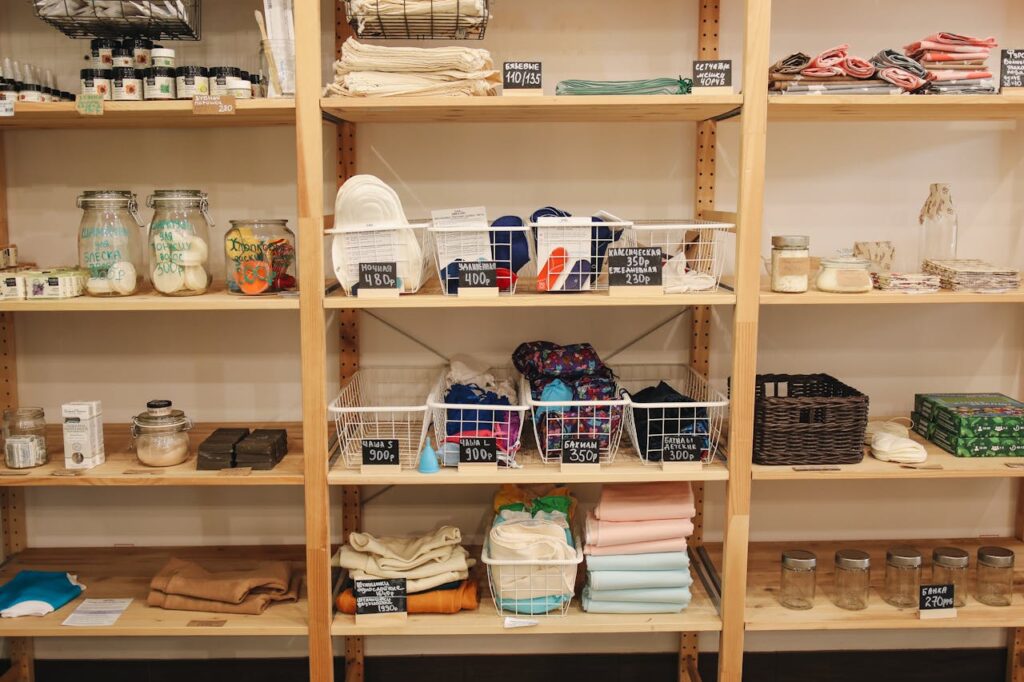Customer loyalty has become more crucial in the fiercely competitive retail landscape. Brands are no longer competing on price and product quality; they are also vying for the hearts of their customers by delivering unique, added value.
This shift in strategy has led to a fundamental rethinking of how businesses approach customer retention, focusing on creating deeper connections and more personalized experiences.
This blog explores how added value is used to unlock customer loyalty in the retail sector, focusing on innovative strategies for making a difference.
We’ll break down the concept of added value, examine its impact on customer behaviour, and provide real-world examples of how retailers successfully implement these strategies.
Understanding Added Value
Added value refers to the additional benefits or services that a customer receives beyond the core product or service.
In retail, this can range from enhanced customer service, personalized shopping experiences, loyalty programs, exclusive offers, or even educational content that enriches the customer’s interaction with the brand.

The importance of added value lies in its ability to differentiate a brand from its competitors. In a market flooded with options, customers are likelier to stay loyal to a brand that offers them something extra something that makes their experience more enjoyable or fulfilling.
Added value also strengthens the emotional connection between the brand and the customer, essential for long-term loyalty.
Strategies for Delivering Added Value
Personalized Shopping Experiences
One of the most effective ways to add value is through personalization. Retailers can use data-driven insights to tailor the shopping experience to individual customers.
This might include personalized product recommendations, custom marketing messages, or exclusive deals based on previous purchases. By making customers feel recognized and valued, brands can significantly boost loyalty.
Loyalty Programs
Loyalty programs are a classic way of adding value, but they’ve evolved beyond simple point systems.
Modern loyalty programs often include tiers, rewards for social sharing, and partnerships with other brands to provide a broader range of benefits.
These programs incentivize repeat purchases and give customers a reason to choose one brand over another.

Educational Content and Community Building
Another powerful way to add value is by offering educational content that helps customers make more informed decisions.
This could be through blog posts, video tutorials, or workshops. Building a community around the brand through social media, forums, or in-person events can also create a sense of belonging that strengthens customer loyalty.
Nike has excelled in creating added value through both product customization and community engagement. Their Nike By You service allows customers to design their shoes, making the product feel uniquely theirs.
Meanwhile, Nike’s various running clubs and digital communities connect like-minded individuals, fostering loyalty through shared experiences.
Starbucks has also transformed its loyalty program into a comprehensive rewards system beyond just earning free drinks.
The Starbucks Rewards app offers personalized discounts, free birthday treats, and the ability to order ahead, all of which enhance the customer experience. Their program has become a model for how added value can drive customer loyalty.
In today’s retail environment, added value is no longer a luxury. It’s a necessity. Brands that consistently deliver beyond the primary transaction will attract customers and keep them returning.
Whether through personalization, loyalty programs, or educational content, the strategies discussed in this blog demonstrate how added value can be a powerful tool for unlocking customer loyalty. Retailers that embrace these approaches will be well-positioned to thrive in the evolving marketplace.




